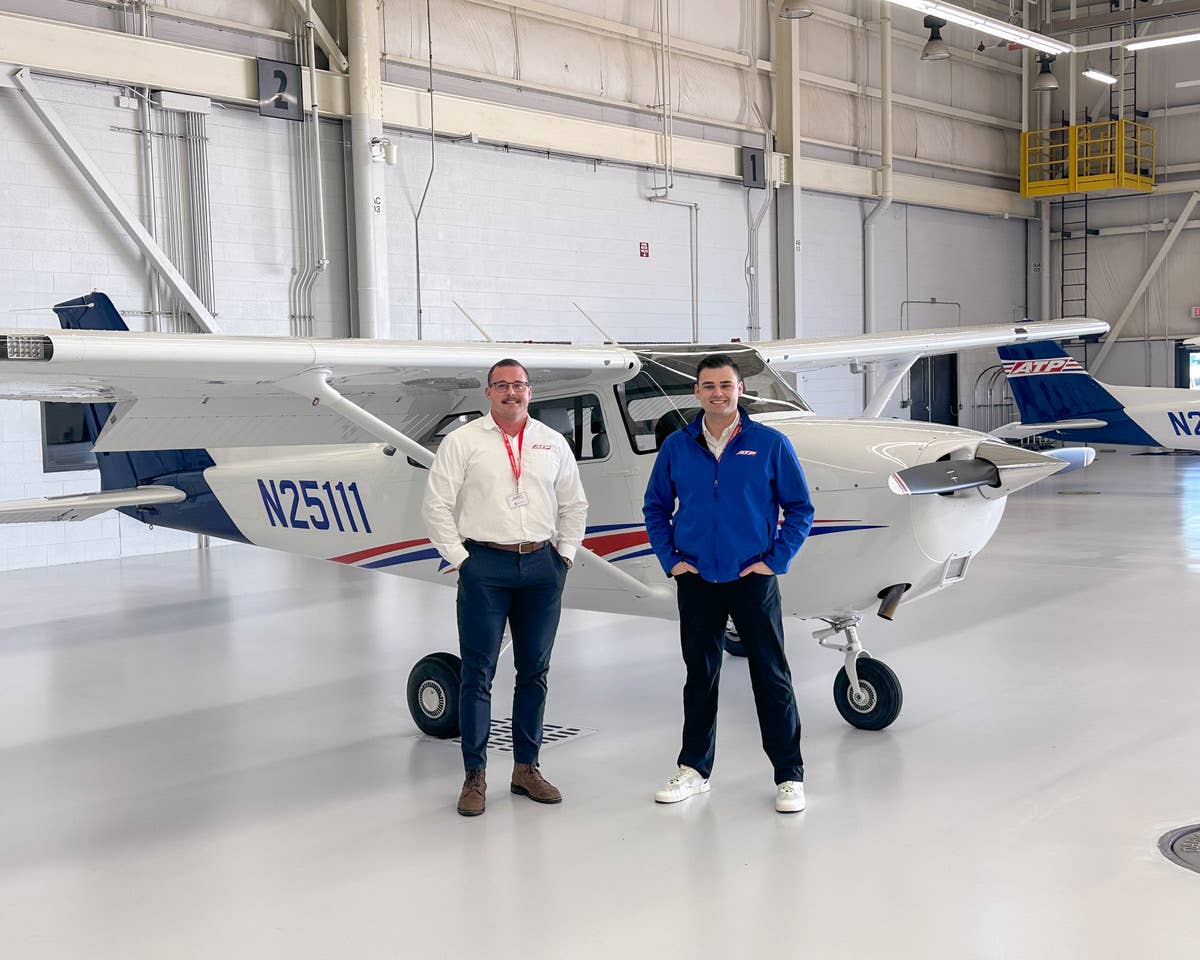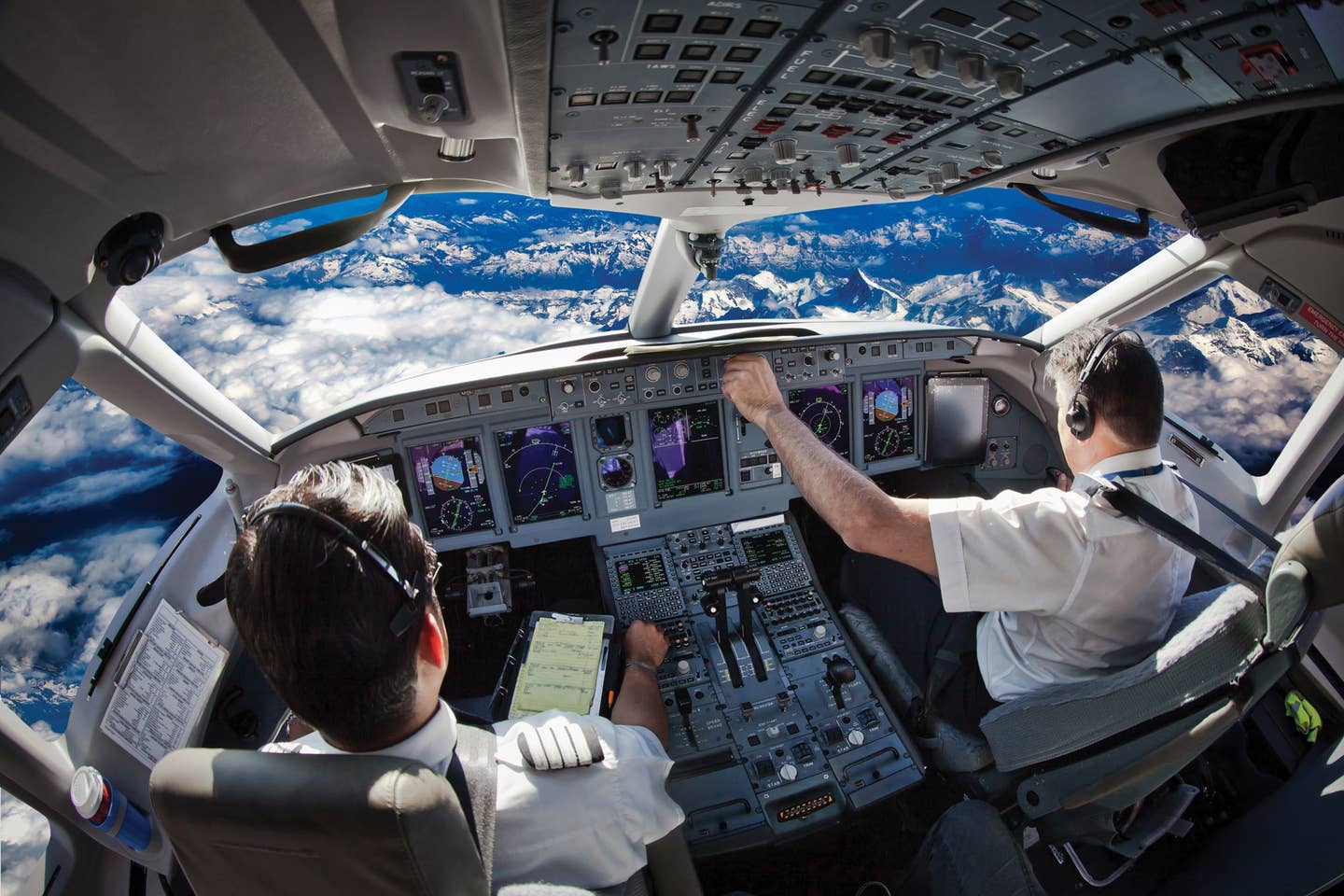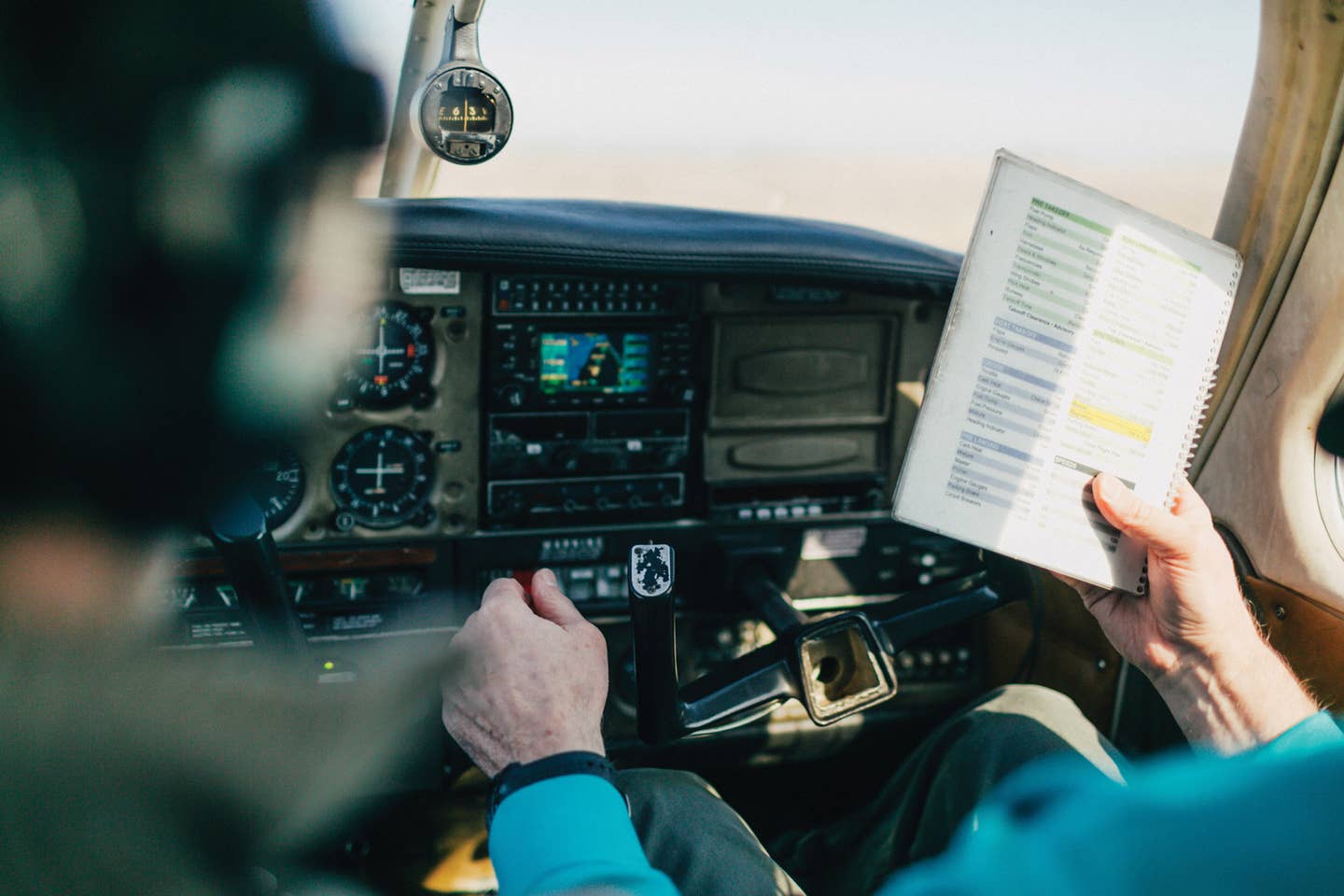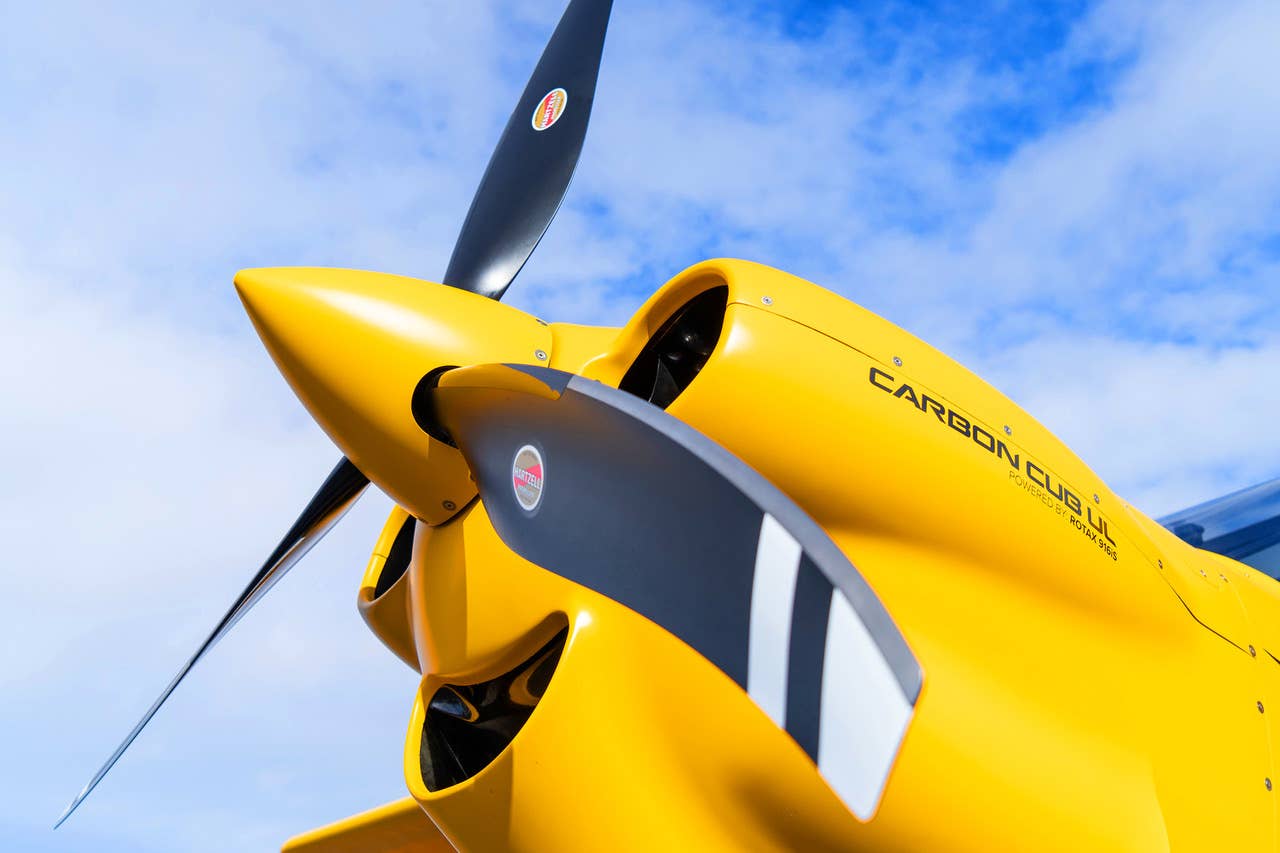10 Thoughts On 80 Years Of The Cub
The Cub is such an icon of light aviation that it’s easy to forget some important things about the actual airplane
The Piper Cub is coming up on 80 years young. Expect to see lots of them, plus a number of Cub-related special events, at this year's Oshkosh AirVenture. As you know if you've been reading my views on things for very long, I'm not a big fan of anniversaries, but if there's a purpose to them, it's to remind us to look at the big picture of our lives and the world around us and reflect on it all for a few minutes---at least between our email notifications and Facebook feeds.
So it is with the Piper Cub, whose 80th birthday is being celebrated this year. And I've been thinking about the J-3, and reflecting upon its odd place in the aviation pantheon. So, in no particular order at all, here are 10 musings on the greatest muse in aviation history.
10. What Birthday?
The 80th anniversary, as 80th anniversaries often do, falls just five years after the 75th anniversary of the little taildragger. If you do the math, that puts the Cubbie's b'day smack-dab in the middle of 1938. That's a problem. As you probably know, the J-3 Cub is, in nearly every respect, the same airplane that C.G. Taylor designed almost a decade prior, and the immediate predecessor, the J-2 Cub, sold more than a thousand copies. The Taylor Cub is a two-seat taildragger you solo from the back seat. The J-3 and the "Piper" brand name were both a result of Bill Piper taking control of the company from his former partner. Admittedly, in terms of sheer numbers built and notoriety, the J-3 is the real star of the lineage, but the distinction between J-2 and early-model J-3s is minimal, at best.
9. An Antique Long Before Its Time.
By convention, an antique is considered an item that's 50 years old or older. So, if the Cub seems antique to you today, it should. You might be surprised to learn, however, that it seemed that way to pilots of the day less than 10 years after it debuted. The pace of aviation innovation was rapid inthe 1930s, so technologically speaking, the Cub got left in the wake of sleeker, faster planes from its inception. Consider thatthe Beech Bonanza came about just 10 years after the Cub and was twice as fast, carried twice as many people and could go three times as far as a Cub.
8. Adverse Yaw Much?
The Cub isn't a great flying airplane, though it's an airplanethat's great fun to fly. It has a lot of what's known as adverse yaw, so when you make a turn in the plane, by its aerodynamic nature it gets uncoordinated, a condition that the pilot corrects for, as much as possible, with the rudder pedals. Adverse yaw can be largely designed out of an airplane, as it would be in the soon-to-come Bonanza and in countless Pipers that would come down the road as well. That all said, pilots love the flying manners of the Cubbie, quirky or not. In fact, some believe that the Cub's challenging flying manners make pilots into real pilots because they have to use their feet to fly the Cub. I wouldn't argue their point.
7. The Cub Was Underpowered.
The first Cub featured a whopping 37 horsepower. The optional "high-performance" package boosted that to a mind-blowing 40 horses. Customers wanted more, and Piper kept on upping the horsepower, but 65 horses was all the J-3 would ever get. That was okay. Sixty-five ponies seemed just right.
6. Piper Started Upgrading Its Icon From The Beginning.
Bowing to customer demand, Piper introduced new models of the Cub, some with side-by-side seating, others with improved entry and still others with shorter wings for better performance and better handling. Ultimately, the flagship Piper tube-and-rag taildragger wasn't a taildragger at all. The Piper Tri-Pacer had 160 horses, a claimed cruise speed of better than 130 mph, room for four and a nose gear. It's a pretty ungainly-looking bird, and, yes, it did take me a minute to come up with "ungainly" instead ofthe other"U" word. Sorry, Tri-Pacer fans.
5. The Cub Was Saved By WWII.
Over the years, Piper built nearly 20,000 J-3 Cubs (counting military variants). That number would have been less than half had it not been for the 10,000 copies the military ordered forreconnaissance and pilot training. Had it not been for the war, Piper might have phased out the J-3 completely by the early 1940s. Despite the boost the J-3 got from the war, Piper cut the model from its 1948 lineup. Production lasted a decade. Compare that with the nearly 60-year life (and still going) of the Piper PA-28.
4. The Cub Is A Pain In The Butt (Sometimes Literally So) To Get Into And Back Out Of.
The truth is, the seating design of the J-3 is a disaster. It's probably not true that there are as many different techniques for getting into a Cub as there are Cub pilots, but it's not far off. The key is, you back into the thing through the odd barn door arrangement and then swing your legs in after you, if you can. More than a few pilots of the day timed out of their aviation careers not because they couldn't fly anymore but because they couldn't get into the Cub anymore.
3. No One Knows What "Cub Yellow" Is.
Want to start a fight in an aviation forum? Just post a pic of a Cub and say that this is the "real Cub Yellow." My research a few years back showed that over the years there have been as many as seven "official" Cub Yellow hues. Today, there are two pretenders to the throne, and they're very different shades of yellow.
2. The Cub Is The Most Important Light Airplane In Light Aviation History.
Okay, there are some who might disagree with me on this, but the Cub is at least in the conversation along with the aforementioned Bonanza and the Cessna Skyhawk, to name a couple of other contenders. For decades, non-aviation types referred to all light airplanes as "Cubs," and the plane has been featured prominently in so many stories, films and hangar talk tales that it's impossible to overstate the cultural importance of the bird.
1. I Love The Piper J-3 Cub.
Despite its quirks, or maybe because of them, I adore the Cub. The Cub was the first airplane I ever "flew" when, at the age of 12, my dad handed me the controls of a Cub we were borrowing from a neighbor and let me take it around the patch. I was convinced I would never get the hang of flying. But I did. The Cub was my first and best teacher, and remains that every time I get the chance to merge Sky Blue and Cub Yellow and take a little time---no hurry, as things happen slowly in a Cub---to reflect on the world below.
Want to read more about the J-3 and its aviation legacy? Check out our other articles on the Piper Cub.

Subscribe to Our Newsletter
Get the latest Plane & Pilot Magazine stories delivered directly to your inbox






